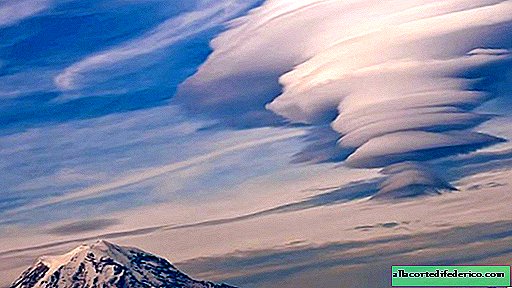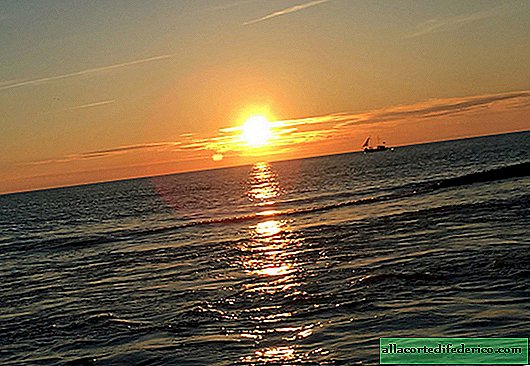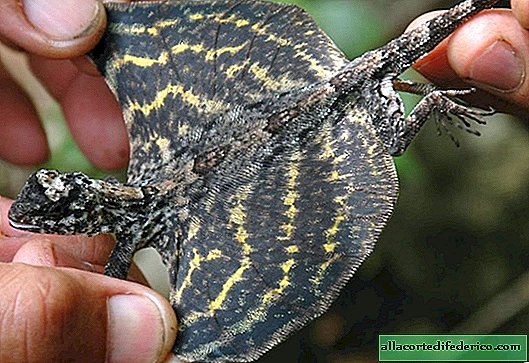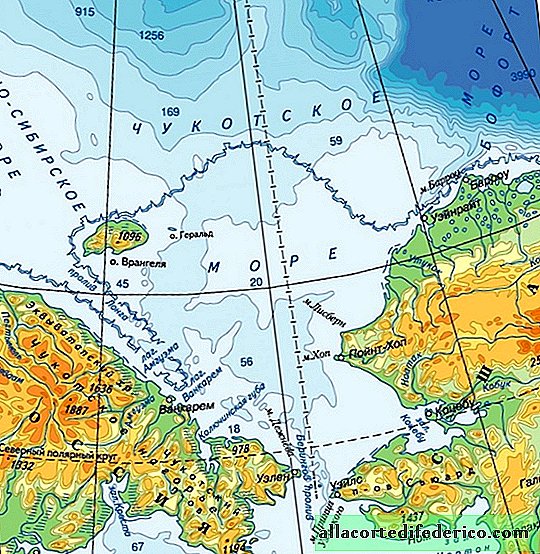Why spacecraft flying from the ISS to the Earth do not burn in dense layers of the atmosphere
The atmosphere of our planet protects us from ultraviolet radiation and from numerous meteorites approaching the Earth. Most of them completely burn out in the dense layers of the atmosphere, as well as space debris falling from orbit. But this circumstance is a whole problem for the space industry, because cosmonauts need not only to be sent into orbit, but also to be returned back. But astronauts safely complete their stay on the International Space Station, returning in special capsules that do not burn out in the atmosphere. Today we will see why this happens.
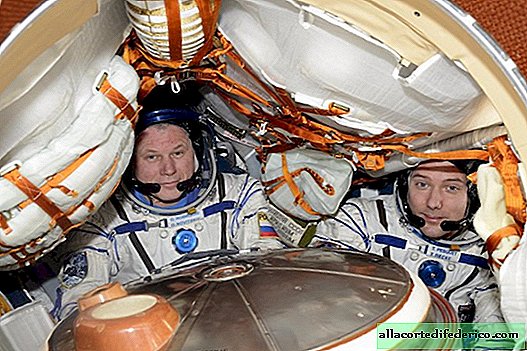
Spaceships, as well as extraterrestrial objects, suffer from the destructive effects of the atmosphere. With aerodynamic drag of the atmospheric gas layers, the surface of any body moving at a considerable speed heats up to critical values. Therefore, the designers had to make a lot of efforts to solve this problem. The technology for protecting space technology from such an impact is called ablation protection. It includes a surface layer based on asbestos-containing compounds, which is applied to the outer part of the aircraft and partially destroyed, but allows you to keep the spacecraft itself intact.

The astronauts return from the ISS to Earth in a special capsule located on the Soyuz spacecraft. After undocking from the ISS, the ship begins to move to Earth, and at an altitude of about 140 kilometers, it disintegrates into three parts. The instrument-aggregate and household compartments of the Soyuz spacecraft are completely burned out in the atmosphere, but the descent vehicle with astronauts has a protective layer and continues to move on. Approximately at an altitude of about 8.5 kilometers, a brake parachute is released, which significantly slows down the speed and prepares the device for landing.

If you look at the pictures of the capsules with the astronauts after they land, you can see that they are almost black and have burn marks, as a result of flying through the atmosphere.





